The 5th World Sepsis Congress is just 5 days away – taking place live, free of charge, and entirely online next Tuesday and Wednesday. If you haven’t yet, it’s not too late to register.
If you can’t make it live next week, just register anyway, and we’ll send you the link to the recordings afterward.
Under the theme Sepsis Research and Innovations, this free virtual event on April 8-9, 2025 will bring together thousands of participants from more than 180 countries to address one of our time's most pressing global health challenges.
Dr. Niranjan ‘Tex’ Kissoon
“This congress is an invitation for all to come together and reaffirm our commitment to end suffering and preventable deaths from sepsis, and to appreciate the progress being made by dedicated colleagues worldwide. Please join us in April 2025.”
“We are excited to host a Congress that fosters collaboration and inspires innovation. The 5th World Sepsis Congress will empower us to collectively address the enormous global burden of sepsis and develop solutions that advance healthcare for all.”
Dr. Mariam Jashi
The program features over 90 expert speakers, including leading clinicians, scientists, policymakers, and representatives from patient advocacy groups. Topics will range from the latest research on personalized medicine and innovative therapies to global strategies for infection prevention to sepsis care delivery, and how AI can be leveraged to diagnose sepsis early. Special attention will be given to the impact of climate change on infectious diseases, the rising threat of AMR, and how combating sepsis aligns with the SDGs’ commitment to health equity and universal access to care.
Additionally, the congress will feature two panel discussions, which will make patients' voices heard and showcase lessons from countries that are reducing sepsis mortality through system change.
Registrations for the 5th World Sepsis Congress remain open. Attendees can participate live on their internet-connected devices and access recordings on demand after the event.




















































































